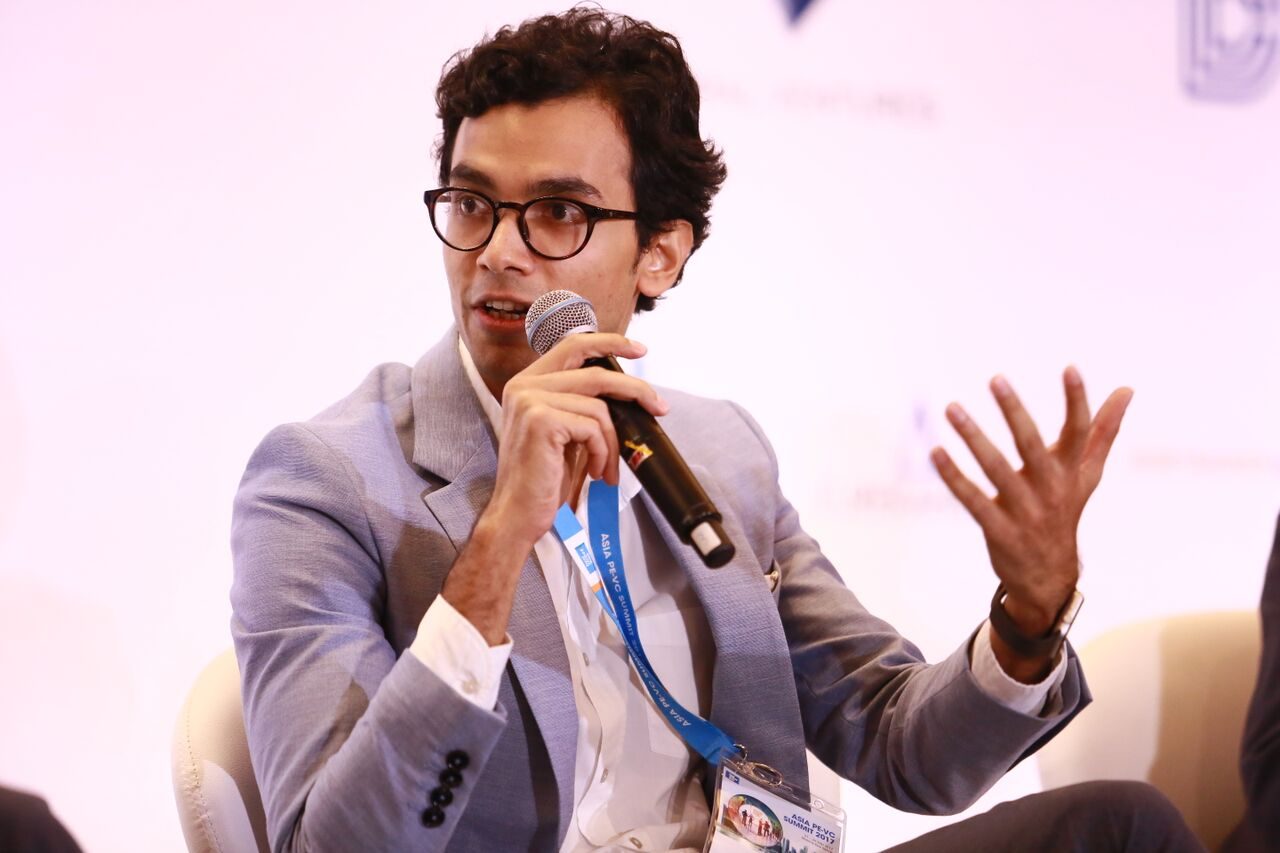STRIVE, formerly GREE Ventures, has hit the first close of its $130 million third vehicle, and is targeting the final close by the year-end, Nikhil Kapur, who leads its Singapore office and a partner in the firm, told DEALSTREETASIA in an interaction.
The firm, with offices in Tokyo and Singapore, is Asia’s first truly cross-border seed fund, as it invests capital across Japan, Southeast Asia, and India, Kapur said, and added that STRIVE would focus on seed stage investments predominantly in the B2B and B2B2C sectors.
“The reason why we opted for a larger fund was to be able to invest in slightly more companies in each region with slightly larger cheque sizes. The markets are maturing and it’s taking a lot more early-stage capital to deliver significant scale. Hence we need to allocate for bigger seed cheques,” he added.
Citing examples of being a cross border firm, Kapur said two of its fintech portfolio in Indonesia had tapped onto one of STRIVE’s LPs for their credit lines, and an Indian B2B company it had invested in had started expanding in Indonesia leveraging an introduction to a key client.
The venture capital firm that is led by General Partners Yusuke Amano and Tatsuo Tsutsumi has begun investing from its third vehicle, and its portfolio includes ClassPlus (India) and TrustDock (Japan), among others.
Explaining the math behind a $130 million fund, Kapur said ticket size for the first cheque remained the same, as its earlier vehicles – $300k – $1 million, and the firm would have about $100 million to deploy (from this vehicle) net of fee.
“We reserve around 60% of our funds for follow-on, in line with our approach to allocate more towards each portfolio company. This leaves us with $40 million to invest in the early stages of 3 markets: Japan, Southeast Asia, and India. Based on this allocation, we’re unlikely to be able to do more than 20 investments in Southeast Asia and India combined. Spread across 3 years, this comes to 6-7 deals per year. So our pace roughly remains the same, maybe a slight increase from the last fund,” he added.
The Limited Partners (LPs) in its third vehicle include SME Support JAPAN (operating within the Ministry of Economy, Trade and Industry of Japan), GREE Inc., and members of the Mizuho Financial Group including Mizuho Bank, Mizuho Securities Principal Investment, and Mizuho Capital. The firm is also in talks with LPs outside of Japan for its investments in the Southeast Asian and Indian markets.
Kapur, now promoted to partner (from principal earlier), acknowledged the importance of exits, the ultimate parameter that VC performance is judged on, pointing out the firm’s track record here: “Our first fund, launched in 2014, has done spectacularly (well) in terms of exits. In Southeast Asia, we have seen 5 acquisitions in our portfolio from 10 investments. We have also done a secondary sale in one portfolio company. In Japan, 3 companies have gone public and 2 companies have been acquired. There are a few more IPO candidates lined up. All these exits have given us a great fund return. We are running at 1x+ DPI on the $50M first fund, a track record that barely any VC in Asia (ex-China) can boast of.”
Its second vehicle (2016 vintage) counts companies such as PopXO in India, Saleswhale in Singapore and Ayopop in Indonesia among its portfolio. Other notable investments in SEA include Kudo (acquired by GRAB), Vouch and Pie (Acquired by Google).
With STRIVE focusing on B2B and B2B2C sectors, Kapur said the firm had already seen initial success in this space in its portfolio with the likes of Kudo, Pie, Saleswhale, Hasura, and Healint.
“We see two kinds of B2B companies in the market, those targeting the domestic/regional market and those targeting global markets. The former usually has a transaction-based model along with SaaS. The latter tends to be pure SaaS, targeting enterprise markets in US/EU from day one. I am of the opinion that we are going to see multiple unicorns emerge in both categories within the next 5 years. B2B sector is definitely slower growth in comparison to B2C, but the time is ripe for a faster growth given investor interest and digital adoption of businesses globally and regionally,” he added.
These developments come even as several large funds including the likes of Sequoia (Surge) have begun entering the seed investment space.
“I am glad that the lack of institutional seed capital is being noticed by the likes of Sequoia. It has been a justification for my pitch for almost 2 years now that seed stage is suffering in these markets as every VC starts focusing on Series B-C rounds. Only time will tell how serious Sequoia and other VCs are about the seed stage. If they foresee these accelerators to be only a scout or pipeline for their larger fund, it’s unlikely to go well with the market. But if they take a more thought-out approach towards seed, then they are likely to taste success,” Kapur added.
At the same time, he also noted that seed stage investing is the easiest stage to enter and exit.
“It doesn’t take a lot of capital to start, but it takes a lot of effort and conviction to stay in. I feel only the folks who truly want to build companies together with founders and are driven by an intrinsic passion towards early-stage (businesses) tend to stay on with seed over a longer term,” Kapur said.
Edited Excerpts:-




